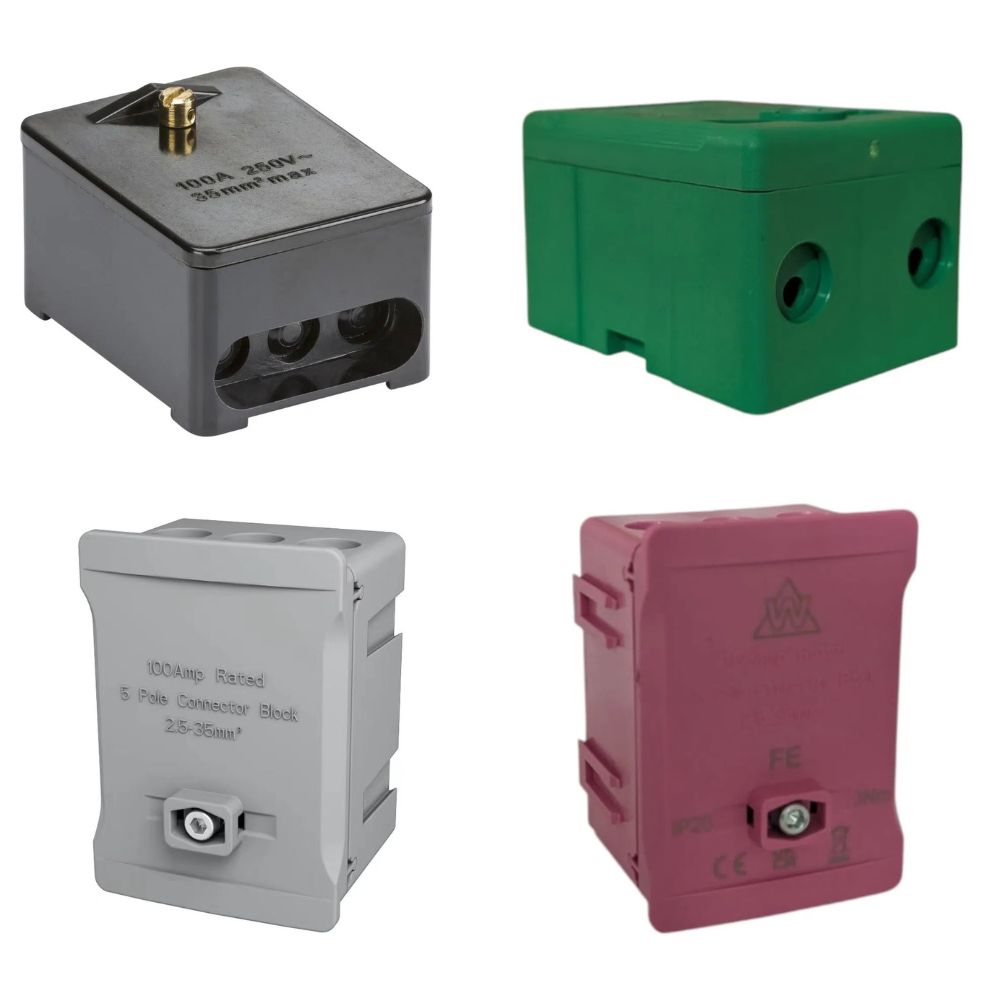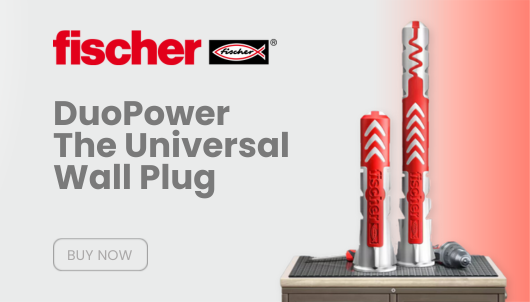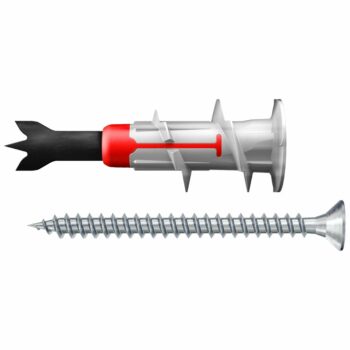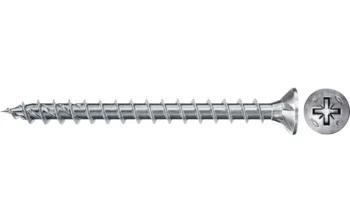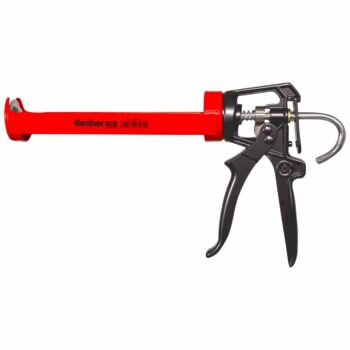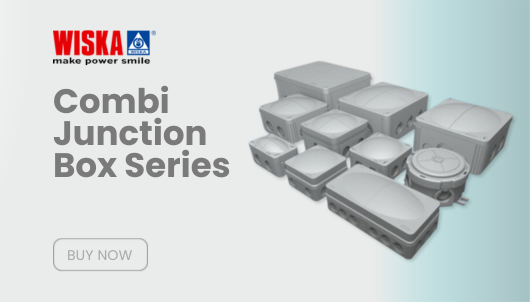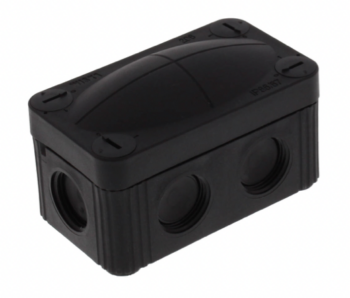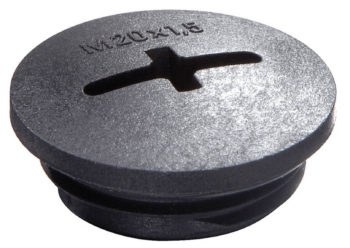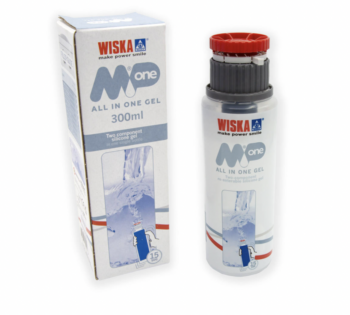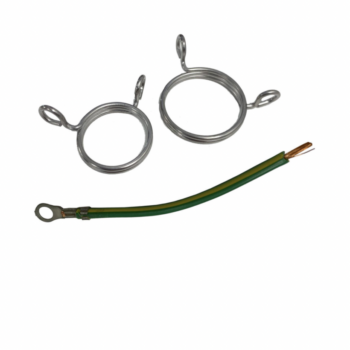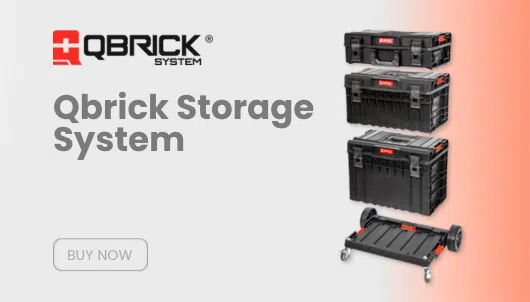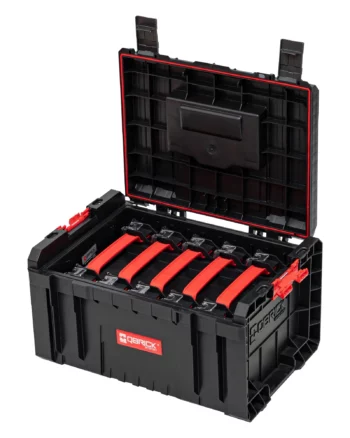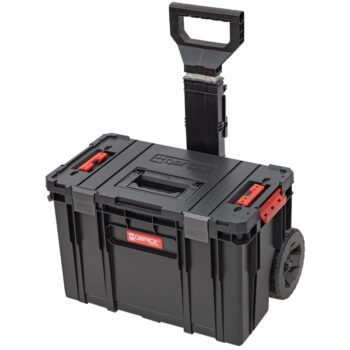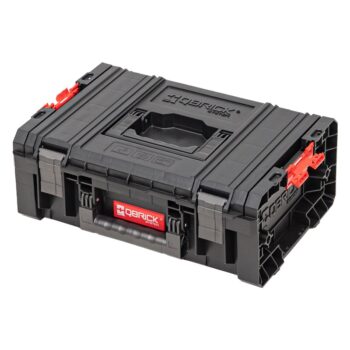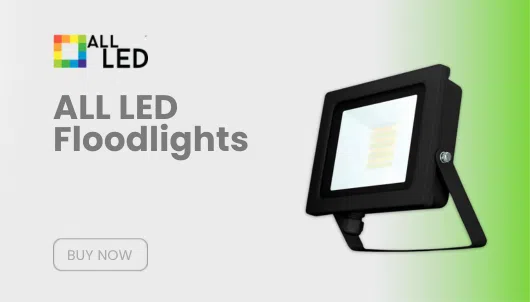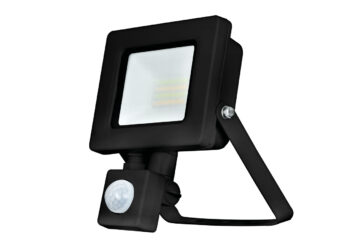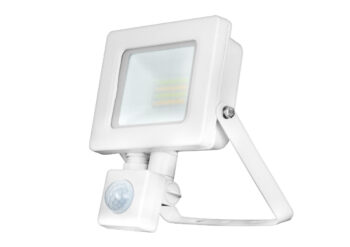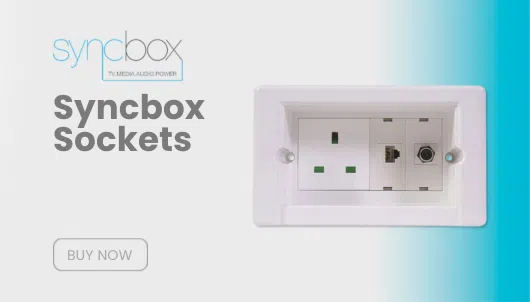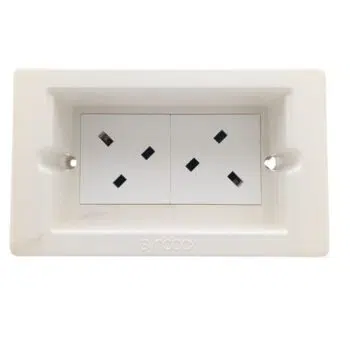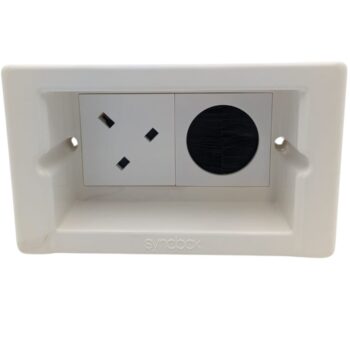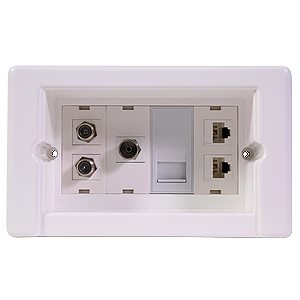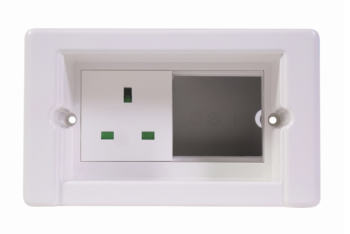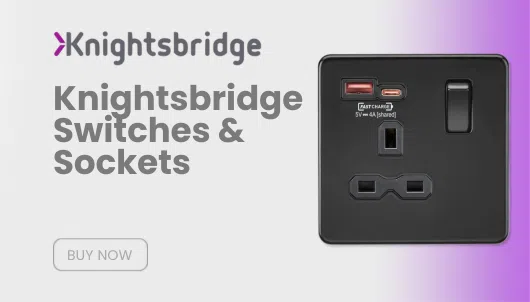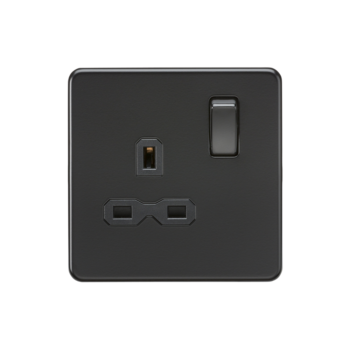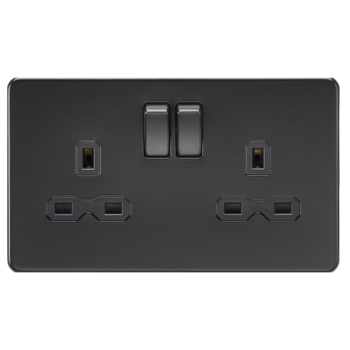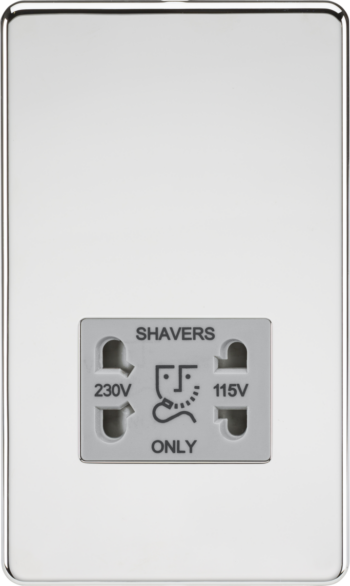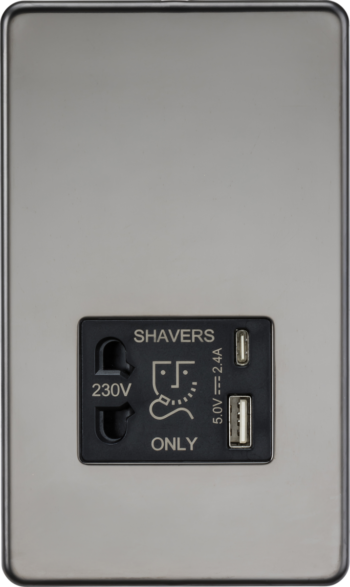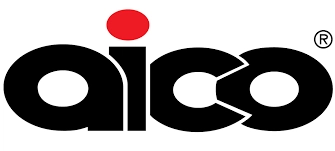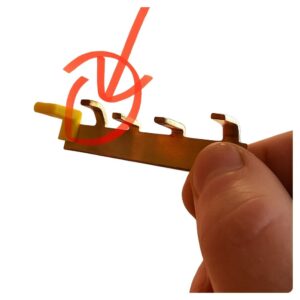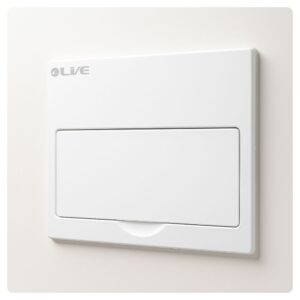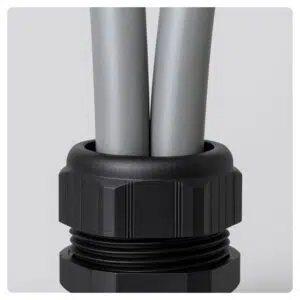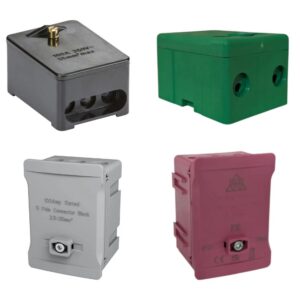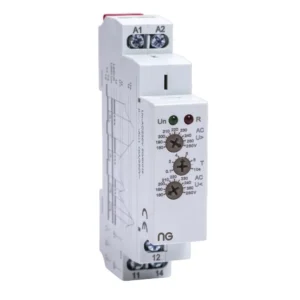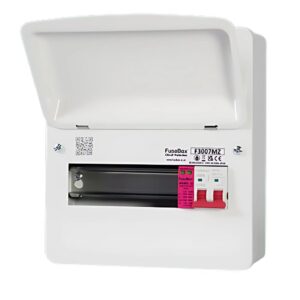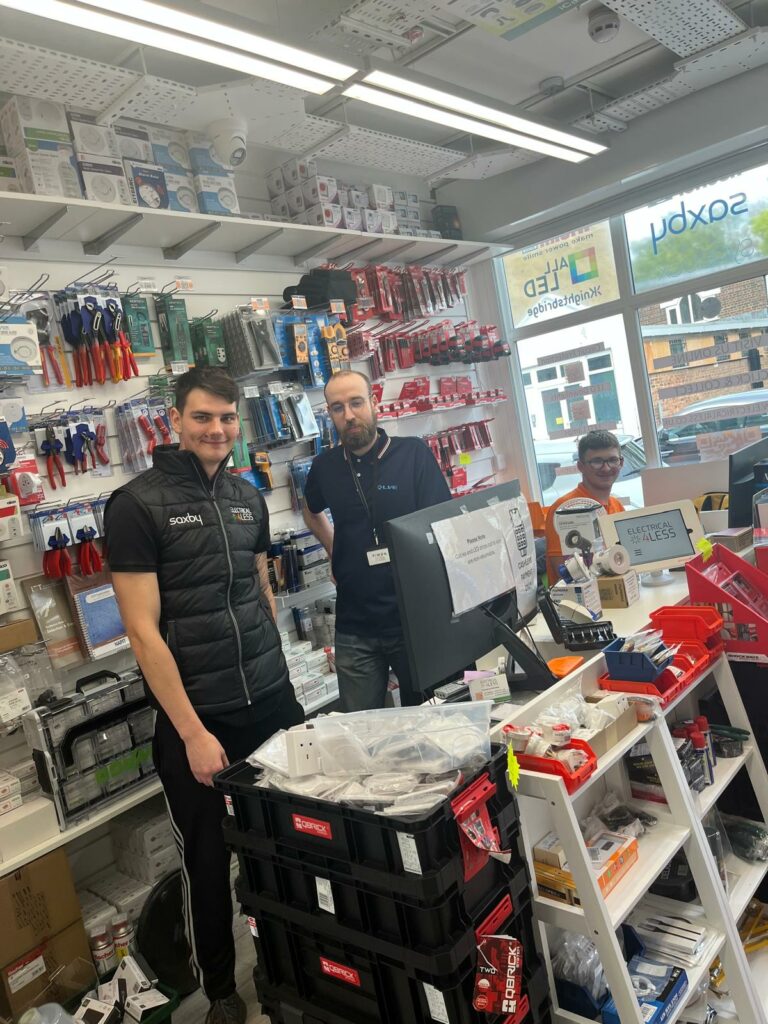Table of contents
- ⚙️ What Is a Henley Block — and Why Do We Still Call It That?
- ⚡ The Modern Henley Block 100A Connector: Smarter, Safer, Colour-Coded
- 🎨 What the Colours of 100A Henley Blocks Mean
- 🧠 Don’t Mix Up Poles and Ways using Henley Blocks
- 🔌 Types of 100A Terminal Blocks: Single Pole vs. Double Pole Connectors
- 🧩 Use Flexi Meter Tails for a Better Install of 100A Terminal Blocks
- 🛠️ Helpful Tags, Links, and Categories
- 📖 Final Thoughts – Henley Block 100A Connector:
- ❓ Frequently Asked Questions (FAQs)
⚙️ What Is a Henley Block — and Why Do We Still Call It That?
The term “Henley block 100A connector” is common among UK electricians. It refers to a connector used to split or extend incoming mains tails. But the name has an interesting history. It comes from W.T. Henley & Co., a British electrical company from the 1800s. They created some of the first electrical connector blocks used in buildings.
Over time, their name became widely used to describe this type of block. Even today, people still say “Henley block,” even when referring to modern versions made by other brands.
⚡ The Modern Henley Block 100A Connector: Smarter, Safer, Colour-Coded
Modern terminal blocks do much more than the old grey versions. Brands like FuseBox, Live Electrical, and Whitcliffe WCED now make blocks that are colour-coded, modular, and easy to install. These are built to meet today’s wiring regulations and safety standards.
When to Use a Modern Henley Block
These 100A blocks are used in a range of setups, such as:
- Adding a second or third consumer unit
- Wiring in EV chargers, solar systems, or off-peak supplies
- Creating neat and compliant meter tail splits
🎨 What the Colours of 100A Henley Blocks Mean
Each colour shows a different purpose. This helps reduce mistakes and saves time when identifying cables:
| Colour | Used For |
|---|---|
| 🟩 Green | Earthing and bonding |
| 🩷 Pink | Functional earth (FE) |
| ⚫ Black | L2 – Phase 2 |
| 🤎 Brown | Live conductor (L1) |
| ⚪ Grey | Phase 3 (L3) or additional live |
| 🔵 Blue | Neutral |
These blocks are often used alongside flexible meter tails for better results in tight spaces.
🧠 Don’t Mix Up Poles and Ways using Henley Blocks
This is a very common mistake: calling a 5-way single-pole block a “5-pole connector.” That’s incorrect.
- ✅ Correct: It’s a single-pole block with five connection points (3 in, 2 out).
- ❌ Incorrect: “5-pole” means five separate conductors, which it isn’t.
So, when talking about connection points, say “ways.” Use “poles” only when you mean different types of conductors like live and neutral. This helps avoid confusion and misorders.
🔌 Types of 100A Terminal Blocks: Single Pole vs. Double Pole Connectors
🔋 Single Pole Blocks
- One type of conductor (L, N, or E)
- Five terminals (3 one side, 2 the other)
- Modular and often colour-coded
- Used to split one type of tail to multiple points
⚡ Double Pole Blocks
- Two separate poles (e.g. live and neutral)
- Several terminals per pole
- Used when both poles need to be split in the same enclosure
- Saves space and ensures safer isolation
🧩 Use Flexi Meter Tails for a Better Install of 100A Terminal Blocks
Modern Henley-style blocks work best with flexible meter tails. These cables bend easily, making installation quicker and cleaner.
Why choose flexi tails?
- Easier to route through tight spaces
- Neater finish in consumer units
- Less stress on connections
- Help meet cable bend radius regulations
Flexible tails are ideal when working with colour-coded terminal blocks, dual-tariff boards, or compact enclosures.
🛠️ Helpful Tags, Links, and Categories
📚 Tagged Content:
- FuseBox TB5 100A Terminal Blocks
- Live Electrical 100A Connector Blocks
- WCED 100A Connector Blocks
- Flexible Meter Tails – Soft-Strand
🧰 Products to Explore:
- 🟩 Live Electrical TB5P100-GREEN Green Terminal Block
- 🩷 TB5PK – Pink Functional Earth Block
- ⚪ WCED Single Pole 100A Terminal Block – Blue
📖 Final Thoughts – Henley Block 100A Connector:
From factory floors in the 1800s to the smart homes of today, the Henley block 100A connector has stood the test of time. It’s now safer, more organised, and easier to use thanks to colour coding and flexible wiring.
Whether you’re adding an extra board, installing a charger, or upgrading a dated setup, the modern Henley block is still your go-to tool — just improved for today’s world.
❓ Frequently Asked Questions (FAQs)
A Henley block 100A connector is used to split or extend incoming meter tails. It’s commonly used when installing an additional consumer unit, EV charger, solar system, or off-peak board. It allows clean, code-compliant connections in domestic and commercial settings.
A 5-way block has five connection points on a single pole (e.g. one live or one neutral). A “5-pole” device would isolate five separate conductors, which does not apply to most meter tail blocks. The correct term is “5-way single-pole block.”
Modern Henley blocks (like the FuseBox TB5 series) use colours to show function — green for earth, black for neutral, brown for live, etc. This makes installs faster, safer, and easier to maintain or audit.
Yes, flexible meter tails are highly recommended. They bend easily, fit better in compact enclosures, and reduce cable strain. They’re the perfect match for modular terminal blocks and consumer units.
A single pole block handles one conductor type. A double pole block houses two conductors (e.g. live and neutral) in one enclosure.
📚 Sources:
- W.T. Henley Heritage
- Technique Learning: Henley Block Isolation
- Product data from FuseBox, Live Electrical, Whitcliffe WCED
🔗 Follow Us for Tips, Demos & Updates
Stay connected for the latest in electrical gear, install advice, and product drops.

